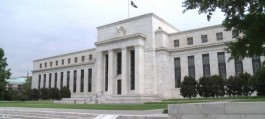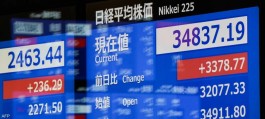The value of global negative-yielding debt stocks rose to more than $16.5 trillion, the highest level in six months, as global bond rebounds drove borrowing costs below zero.
According to Arab Net, government bond yields have fallen in recent weeks with increased trading momentum, as this momentum has blinded many investors to the economic recovery from the pandemic, as well as the high Inflation that could raise long-term borrowing costs, according to the Financial Times, and seen by Al Arabiya.net.
As traders raised their bearish bets, some of the biggest moves came in the US Treasury market, but Japanese and Eurozone bonds (two major bulwarks of negative-yielding debt) also benefited. .
The 10-year Japanese bond yield fell below zero for the first time since December this week. In Europe, Germany's 10-year bond yield fell to 0.51%, the lowest level since early February. The country's return for 30 years was less than zero.
French debt is traded at sub-zero yields with maturities up to 12 years, Spain up to 9 years, and Italy and Greece up to 7 years.
According to a Barclays index, the world's peak negative-yield debt was just above $12 trillion in mid-May, close to December's record $18 trillion. .
Negative returns mean that investors are willing to pay for the opportunity to lend their money. Also, those who hold this debt to maturity are guaranteed to incur real losses.
The momentum in bond trading is due to growing concern that coronavirus variables and delta-strain setting may delay global economic recovery.
The European Central Bank raised the pace of its largest debt purchase program to €87 billion in July. This is higher than the €80 billion recorded in the past three months.












































